
These 5 essential chalk pastel techniques for beginners will set kids up for pastel success!
- Subject:
- Arts Education
- Visual Arts
- Material Type:
- Activity/Lab
- Date Added:
- 03/25/2021
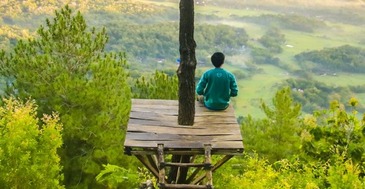
In Grade 3 Visual Arts, students are asked to create artworks that express ideas about natural, constructed, and imagined environments.
Students are encouraged to create artworks using a variety of concepts (like contour lines), forms (like drawing and sculpture), and media (like pencils, pastels, and found objects).
Explore this collection to find resources and activities suitable for Grade 3 Visual Arts.

These 5 essential chalk pastel techniques for beginners will set kids up for pastel success!

These chalk pastel art ideas are easy and fun for kids of all ages! Chalk pastel project links included: sunflowers, Kandinsky art, galaxy art, shooting stars, hearts, cherry blossoms, tulips, bunnies, shamrocks, sunset, jellyfish, Canada Day, fall leaf, pumpkin, bat, snow globe, fireworks, hot chocolate, and a Christmas tree.

This is a pastel project using a glue resist method. The end result is beautiful!

Oil pastels are awesome! How to blend with oil pastels is really easy, after understanding these two simple steps (from Art Hub for Kids). Written instructions with visuals are included, along with an instructional video.
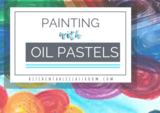
In this simple lesson, students learn a new "blending" technique for oil pastels.

Students apply think-aloud strategies to reading and to composition of artwork and poetry. They research symbols of peace as they prewrite, compose, and publish their poetry.

This lesson focuses on a family depicted in a work of art. Students practice using vocabulary related to people and families. Activities emphasize oral and written descriptions of the people portrayed in the work of art, using possessive adjectives. Students are challenged to infer what the relationships are between figures depicted and what individuals are doing, based on such clues as their pose.

This lesson focuses on people at work depicted in a work of art. Students practice using vocabulary related to people and work. Activities emphasize oral and written descriptions of the people portrayed in the work of art, using job-related vocabulary and adjectives to describe feelings. Students are challenged to infer what job individuals are doing, based on such clues as their pose.

This lesson focuses on different exterior spaces depicted in works of art. Students practice using vocabulary associated with the weather and how people react to the sea. Activities in this section teach students about some of the elements of art (color and line), adjectives, and two kinds of sentences (declarative and imperative).

Students will discuss works of art that have grotesque elements and symmetry in their design. They will identify symmetry and line in grotesques. Students will create symmetrical designs for a pilgrim bottle and also design a door panel using grotesques. They will then analyze William Blake's poem "The Tiger" and write their own grotesque-inspired poetry.

Google Quick, Draw! tells you what to draw and then uses artificial intelligence to try to guess what you're drawing. Fun!
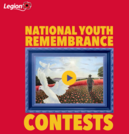
Fostering Remembrance is a part of everything The Legion does. Through The Royal Canadian Legion's longstanding Annual Poster and Literary Contests, Canadian school children honour Canada’s Veterans through creative art and writing, and help perpetuate Remembrance.
Contests are available for students 5 to 18 for posters (colour & black and white), essays and and now a video entry category as well.
You can find links to the entry forms (one must be attached and signed by a parent to each entry), contest guide and entry forms on the site as well.

Students will use visual analysis to examine two images of rocks. They will make their own observations of individual rocks through drawing, and understand how the same observation skills can be used in the study of geology.

Students explore the concept of a sacred place by looking at works of art representing sacred spaces, and studying the California missions. They explore perspective and point of view in both the visual and literary senses. Students create a project poster displaying photos, drawings, and journal writings that incorporate the major themes of California's missions, and use perspective and point of view both visually and in writing.
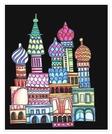
The Saint Basil Cathedral is one of Russia's most popular cultural symbols. There are several templates to print that students color then arrange into their own Russian-inspired masterpiece.

Follow the instructions provided to create air dry clay fairy houses.
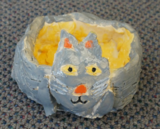
Follow these instructions to create animal pinch pots.

In this activity, students create unique clay landscapes to show different geographical features of their environment.
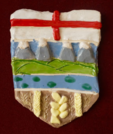
In this activity, students create their provincial crest out of clay.

The Smithsonian Learning Lab puts the treasures of the world's largest museum, education, and research complex within reach. The Lab is a free, interactive platform for discovering millions of authentic digital resources, creating content with online tools, and sharing in the Smithsonian's expansive community of knowledge and learning.
Use the search tool to discover lots of resources on endless topics. The sky's the limit!